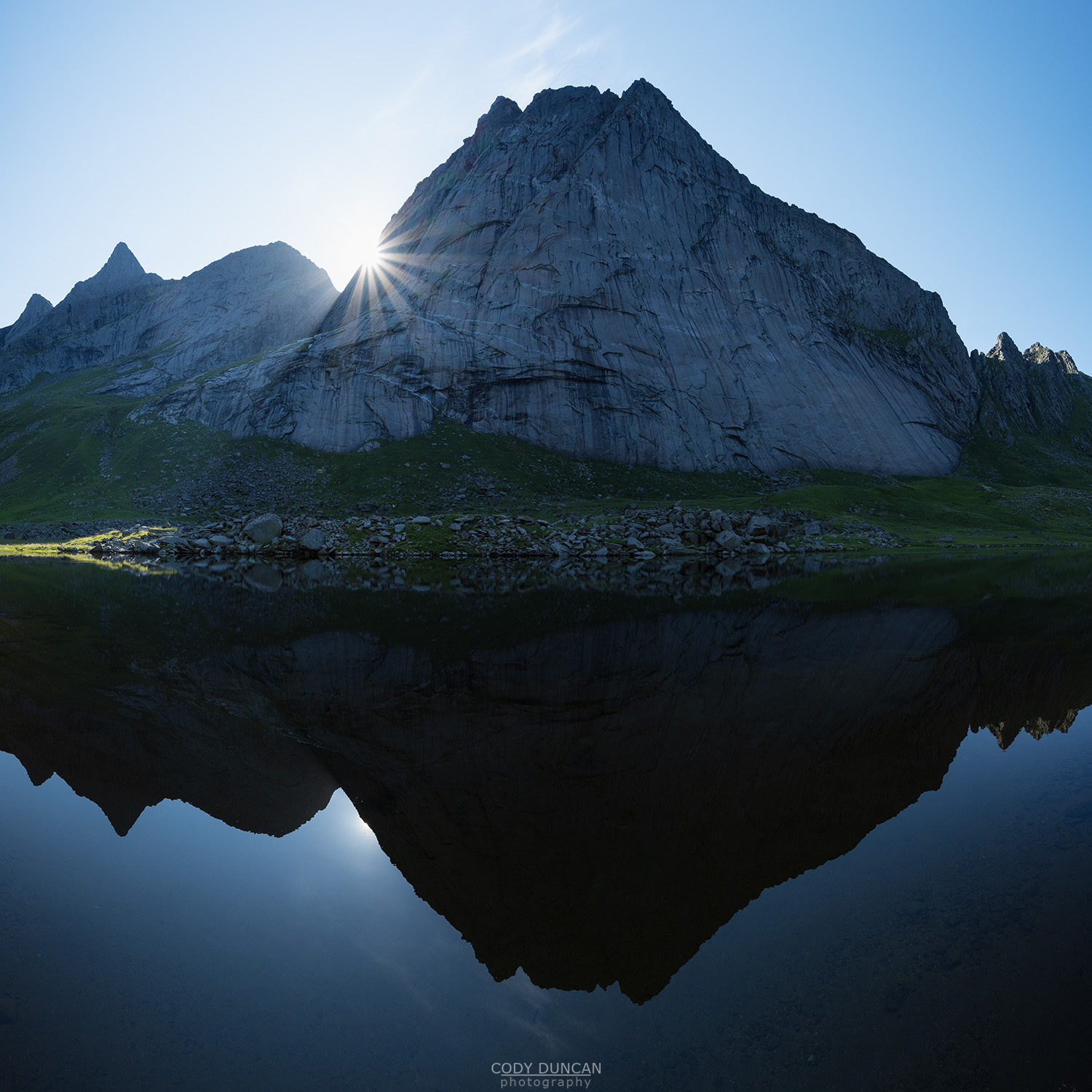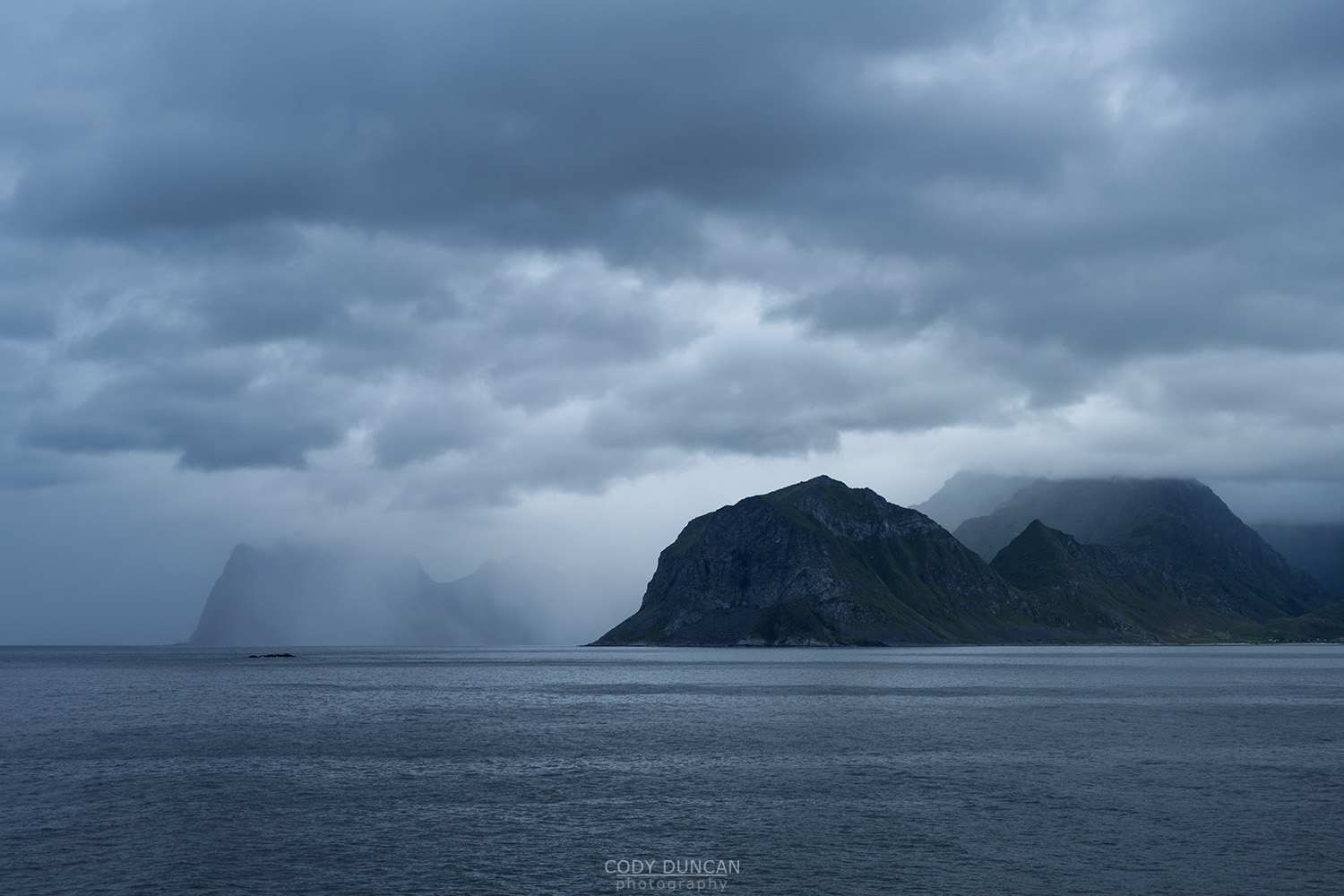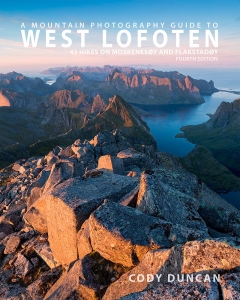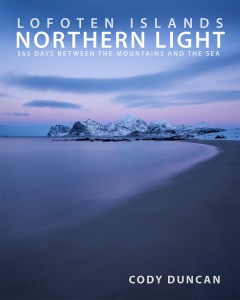Friday Photo #451 – Kvalvika Reflection
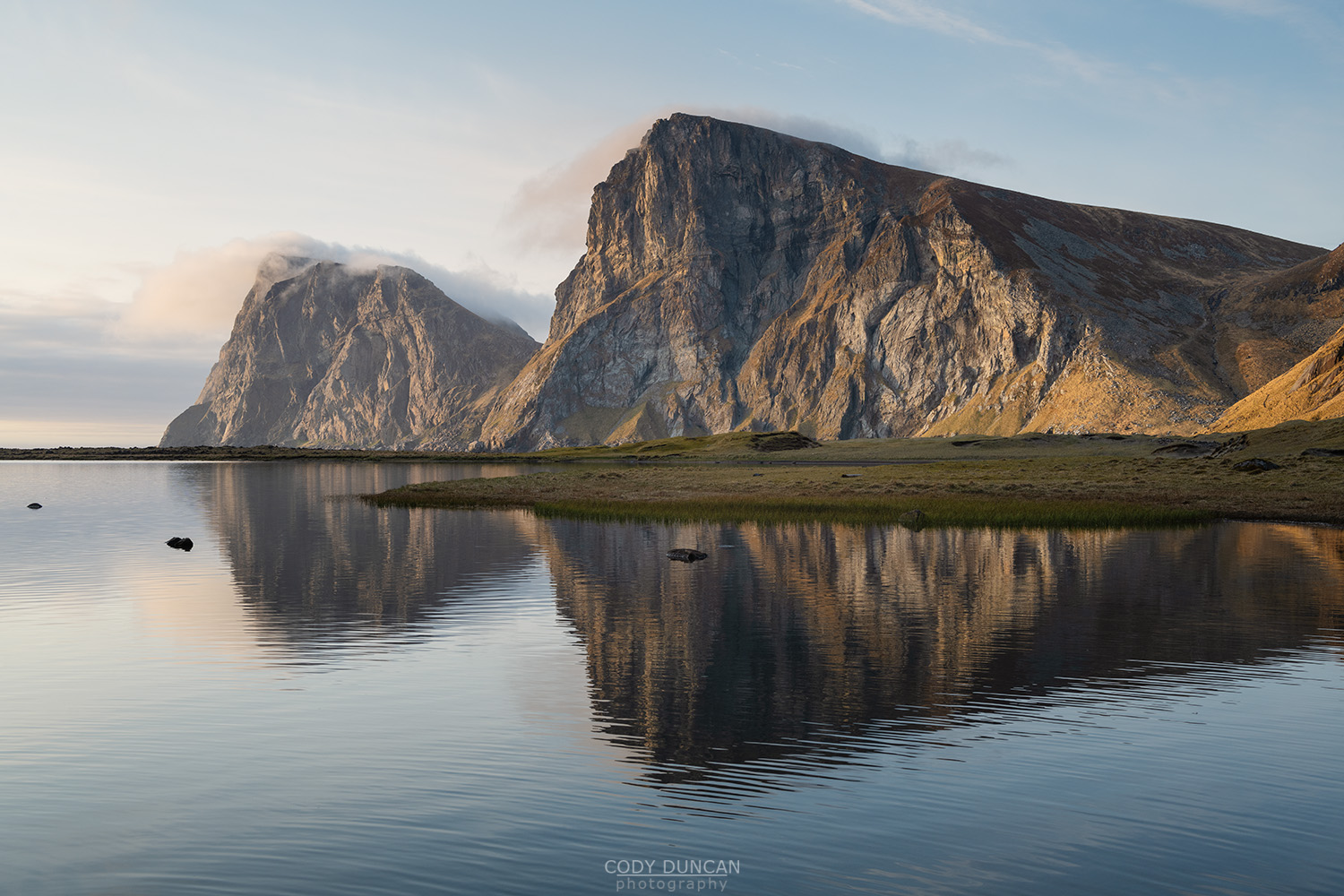
Photo: Reflection of Ryten and Fuglhuken mountain peaks in small lake at Kvalvika beach, Lofotodden national park, Moskenesøy, Lofoten Islands, Norway. May 15, 2021. 20:35
Aurora season has finally begun on Lofoten. While last night was the first fully clear, a faint aurora only visible to camera was all the appeared. Tonight, will full cloud cover, a strong solar wind is hitting the earth, and no doubt there will be a dancing sky above the clouds. With the weather forecast not looking the best at the moment, it will probably be well into September before I see the first aurora of the season this year.
Today’s photo is where I had planned to hike yesterday evening to hopefully capture the first aurora of the season. Although laziness eventually got the best of me and I stayed hope, at least I didn’t miss anything. There are still plenty of weeks ahead for another attempt anyhow. Though this year, I’m not quite as excited about northern lights as I usually am. I feel a bit more like I do towards the end of the season, ‘ehh, just a bit of green stuff in the sky…’ I guess after 5 full winters living on Lofoten, the northern lights are actually more common than a nice colourful sunrise or sunset. Like everything, they just become familiar. I guess I should count myself lucky – that northern lights now feel normal to me.
What I’m missing the most is a warm summer afternoon, which we never had many of this year. Or, a break from the winter’s long darkness. Hopefully I can finally get south this winter – something I’ve been saying to myself for the last several years, but never managed to achieve yet. Since moving to Lofoten in early 2016, I’ve only been south of Lofoten for a total of 3 weeks between October – April. Too many long winters for this California dude.
But even as I ramble on about northern lights and long winters, there’s still always images I have planned. Maybe they happen this year, maybe next, maybe in 5 years, or perhaps never… There is a lot of talk in photography about pre-visualization vs. being open to the moment and seeing what happens. Both I think are valid methods to be used under varying circumstances. But when you live in a place full time, even such a dynamic place like Lofoten, I think it is important to have some imagination for scenes or moments that would make a good photo.
This image, with northern lights over Ryten and Fuglhuken and reflected in the lake is one of my pre-visualized images. It will probably take multiple attempts, while also requiring 2 hours of hiking (round trip), so not overly difficult, but very dependent of a multitude of conditions to occur at once. The main difficulty I think will be the wind, or lack there of, as having a still lake and clean reflection is an important part of the image I have in my head. And then me being out there when something magical happens. Fingers crossed.
Head over to my Instagram account for (almost) daily postings of the local conditions here on Lofoten: @distant.north
Camera Info:
Nikon D850
Nikon 24-70 f/2.8
38mm
ISO 100
f 10
1/80 second
WB Daylight


